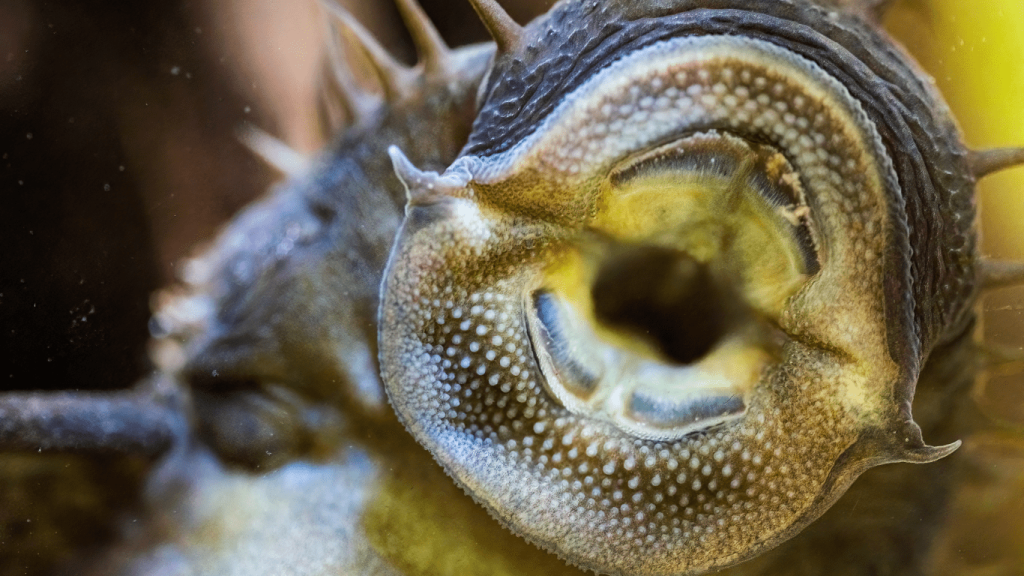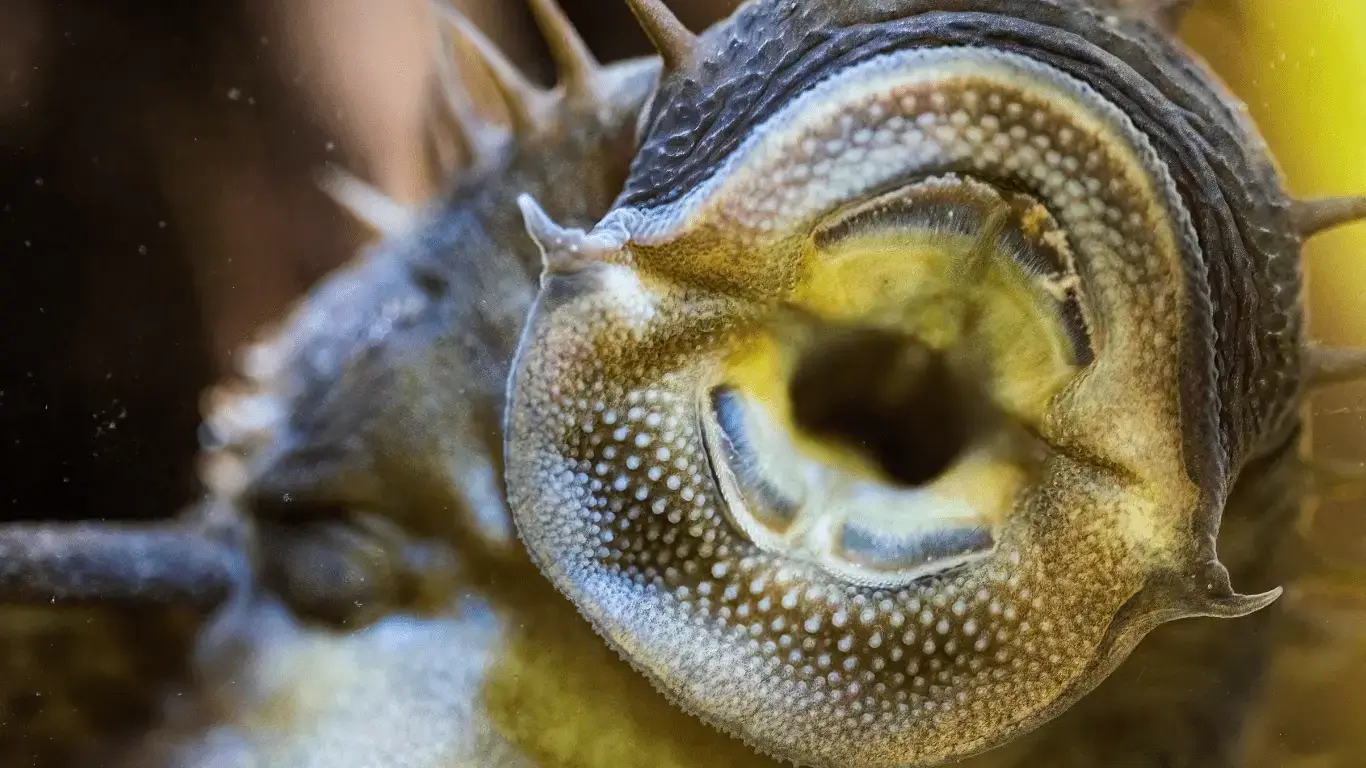Do Catfish Have Teeth? Here is The Answer!

Catfish Teeth: Catfish is a well-loved species of fish among anglers. Catfish are becoming a popular target for beginner anglers.
Frequently asked topics include how to catch it and, what gear and bait to use, and where to get it.
No matter if we release it or keep it once we capture it. Do not leave hooks in its mouth.
Inexperienced anglers often wonder if Catfish have teeth when they remove their hooks from the fish. Is it possible for a catfish to attack or injure me?
If you have any questions about Catfish’s dangers, this article will answer them.
Contents
- 1 What kind of teeth do Catfish have?
- 2 Can a catfish bite your finger off?
- 3 Can Catfish hurt you? Kill you?
- 4 Are Catfish poisonous?
- 5 Why do Catfish have venom if they are not poisonous to humans?
- 6 Do all Catfish have spines?
- 7 Can we touch Catfish? How do I hold it properly?
- 8 Catfish sting or bite—does it hurt?
- 9 What about noodling for Catfish?
- 10 Do catfish in a pond prey on other fish?
- 11 Are there some other dangers that people are unaware of?
- 12 Learn more: What is the Best Time to Fish for Catfish?
- 13 Conclusion
What kind of teeth do Catfish have?
Despite its greedy nature, Catfish does not have the large, robust teeth you expected. They may have teeth, but they aren’t what we’re used to seeing. While eating, they don’t bite but suck and swallow instead. The teeth of Catfish are exceptionally small and dense. Sandpaper-like is a good description of their teeth. As abrasive and angled inward, they’re simpler to get into a cat’s mouth than out.
Can a catfish bite your finger off?
No, because of the structure of their teeth.
Catfish come in several kinds, all with a common anatomical structure. Even if they slash, scrape, or bleed your skin, they can’t do enough damage to render the wound deadly.
Even if you put your hand in a catfish’s mouth, it will not be able to bite you. If you’re fishing the old-fashioned way, you’ll be surprised at how few teeth the Catfish has when you remove the hook from its mouth for the first time.
Can Catfish hurt you? Kill you?
What about other threats? We believe the Catfish won’t harm us.
You’ve probably heard that it has a stinger. Fortunately, it’s simply a myth and nothing more. It will not sting you, and it cannot.
It would help to be cautious when touching the Catfish because of its fins. You might injure yourself if you get too close to them. Though painful, the incisions do not pose a serious risk of death to the wearer. Only their fins make them difficult to handle, and that’s all you need to be concerned.
Carefully remove the fins as much as possible when desperately trying to hold a catfish, especially if it is small.
Are Catfish poisonous?
Do catfish, however, possess incisors? In addition, many people wonder if they are harmful to humans.
Some catfish species contain venomous spines on their fins, and there are numerous varieties of catfish to choose from. While cutting yourself on the fin may be painful, if the wound is not cleaned properly, it can become infected later, which is true of any damage.
Catfish venom does not pose a threat to humans. Plotosus lineatus, a catfish species in the Indian Ocean, is the likely source of this nasty rumor. Unlike the Catfish we catch, this specimen is completely unrelated. Fishermen in freshwater environments are unlikely to encounter a fish with venom harmful to humans.
There are approximately 3,000 different kinds of Catfish globally, and just because one type is toxic does not mean all are.
Why do Catfish have venom if they are not poisonous to humans?
They use it as a kind of defense against other animals and fish.
There is no venom in their attacks. One reason they can’t sting you on purpose is because of this.
Animals that use poison on land and in water may purposefully inject venom into prey. They can’t utilize their venom for that reason and are only hazardous if abused.
Do all Catfish have spines?

“Do catfish have teeth?” is a similar question. YES! They all have backbones. They do, however, differ in several respects. The sharpness of catfish spines diminishes as they mature. That’s why it’s more challenging to handle smaller fish. Flathead catfish, for example, have spines. When they feel threatened, they raise their spines and point. The spines on a catfish may easily pierce your flesh if you hold it incorrectly. Even though all catfish species have spines, venom is in half of them. Epithelial cells generate poison across many catfish species. A thick layer of these cells covers the spines. Even if you don’t get stung, your skin’s spines will be painless if you handle them without venom.
Can we touch Catfish? How do I hold it properly?
The answer is, of course, yes. Numerous fish species, including Catfish, share these two fins.
In addition to their easily recognized fur, they have harmless whiskers. It is challenging to hold smaller specimens. The most secure approach to gripping it is from the top. Behind the pectoral and lumbar spines, your hand should be
This method works best with tiny fish to hold around the body with your thumb and fingertip.
Remember that it lacks the will to sting you knowingly. To avoid puncturing the fish’s skin, you should handle it carefully.
Spines are less of a threat to bigger fish.
Catfish sting or bite—does it hurt?
Another common issue is whether or not the bites from Catfish are painful and, if so, how painful. It’s a pain in the neck. It hurts, but it’s not unbearable. Bite is like rubbing sandpaper on your skin; the top layer of skin can peel off, but nothing major happens. The sting is more painful, but this is by no means a life-threatening situation. Swelling or edema may occur if you have delicate skin. You should clean the wound with an antiseptic if a sting occurs. Numerous treatment procedures are floating about among anglers, but be cautious, avoid infection, and do what a doctor would advise you if you asked them. As some individuals believe, handling Catfish is more dangerous than people realize.
What about noodling for Catfish?
Many people wonder if Catfish have teeth before they try noodling. In areas of the United States where you may catch Catfish with your hands, noodling is a typical catching method. Reeling the fish in and out of the water with your fist embedded in the fish’s jaw is easy.
Removing the hook is one of many tricky parts of this method. “Sandpaper” teeth, as we previously stated, are angled inward. Drawing your hand from the catfish’s jaws might result in abrasions and scarring.
Noodling is a technique used for huge, heavy, and strong specimens. They will struggle back and try to take your hand away from you. Fortunately, stings aren’t an issue in our area.
People wear sleeves to protect their arms from abrasions while noodling for Catfish. It’s not enough to shield you from harm, but it’s still valid.
The teeth’ sharpness is irrelevant because a cloth may protect your skin.
Do catfish in a pond prey on other fish?
As we’ve already stated, omnivorous catfish is the fish of choice. Invertebrates, algae, fish embryos, and other fish comprise most of their food. The kind of catfish can create a change. They are scavengers who take advantage of any available food. Their food is much more critical as they age and transition from invertebrates to fish. Some catfish, such as flatheads, prefer eating smaller fish to larger ones. The teeth remain the same, and they pose no threat to people. Catfish can consume dead fish in the past. But if there are no alternative sources of food, this will happen.
Are there some other dangers that people are unaware of?
We concluded that catfish are unable to sting or bite people. What are the two most common worries that people have?
Catfish provide no additional hazards. Take care of yourself if you hurt yourself because of the fish’s sharp fins, which frequently happens when people handle fish improperly.
There are a variety of germs that might enter your wound if you continue fishing. Infection is the greatest threat, so keep it clean and well-protected.
Learn more: What is the Best Time to Fish for Catfish?
Provide a video here.
Conclusion
Ensure you know how to hold a catfish if you plan to do so effectively. When learning catch and release, careful and correct handling is necessary for the fish and the angler. If you want to learn more about fishing, visit reputable publications or ask if any friends or family members have expertise. Catfish myths abound, and these misunderstandings discourage some anglers from pursuing the fish. When it comes to Catfish, there is nothing particularly harmful or life-threatening about it.






